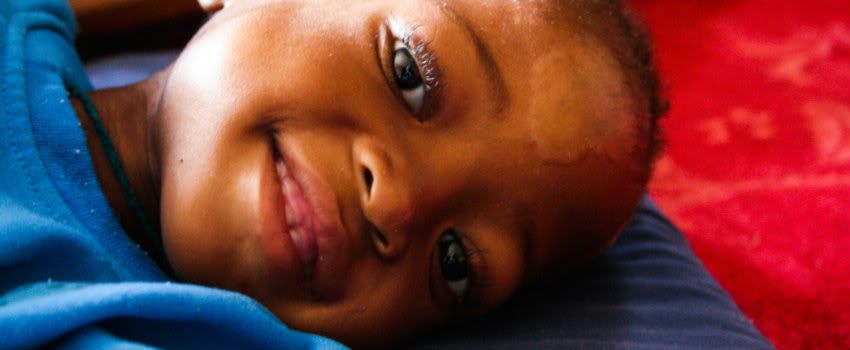Here we are in the middle of March and I’ve yet to update our loyal readers on the happening here in Mokhotlong--my apologies!
One of the problems with letting almost a month go by without a blog post is that so much happens, it’s hard to pick out just one incident to highlight. On the staff and volunteer side of things, the past few weeks have seen six volunteers come and go. Among this crowd was a four person medical team (led by TTLF Medical Director Dr. Amy Hutton from Chelan, WA) that spent two weeks interacting with babies in the safehome, assisting on outreach, and conducting some staff trainings on topics that our safehome coordinator identified as things that our caregivers encounter on a regular basis (these included hand-washing, vomiting, diarrhea, oral thrush, cough, TB, and rescue breathing). Then, this past weekend we welcomed two fourth year medical students from Cornell who are spending their last six weeks of med school doing an elective at the Mokhotlong Hospital located adjacent to the TTL campus just as my co-fellow departed for two weeks, giving me (and my boss) the chance to see how capable I really am here on my own.
The safehome has remained relatively full at eleven babies as of today. We bid farewell to one baby and one toddler at the end of February (some of you may have already seen pictures of baby boy Neo returning home to his mother and Nthabiseng’s last morning here on the TTLF Facebook page). Nthabiseng was the biggest and oldest child in the safehome while she was here, and she had a correspondingly large personality. Seeing her go was definitely bittersweet since so many of the staff had grown attached to her but transitioning a child back home is always a happy occasion as it marks incredible, undeniable improvement.
The outreach team will continue to provide her and her family with support and track her progress--something I have to remind myself of every time I think of the last hospital check-up I took Nthabiseng to for her final assessment with us, during which the nurses quite directly ordered me to adopt her because letting her go home meant letting her return to the same situation in which she became so sick to begin with.
Given the number of sick and malnourished babies that come through those hospital doors on a daily basis, I could definitely sympathize with the nurses’ skepticism. What I didn’t have time to add to the conversation was the fact that TTL clients have the unique advantage of long-term support through our dedicated outreach team. Caring for our clients is multi-stage process that goes beyond the most acute treatment phase; it involves a partnership between TTL and each child’s caregivers, who receive both supplies and education to help ensure the child’s health continues to improve.
For the most part, this model works, but it can’t guarantee 100% success. While Dr. Hutton’s medical team was here and working at the hospital, a mother came in with a baby who was suffering from advanced malnourishment. It’s not clear whether anything could have been done for the baby given the severity of his condition by the time he got to the hospital, but even after he arrived it took many hours for him to be seen by a doctor. The next day, he passed away lying next to his mother on a gurney in the pediatric ward. Adding to the tragedy is the fact that this child was a former TTL client who had graduated, meaning that his health was so stable for so long after we’d initially encountered him that he no longer needed the regular support of our outreach team. How a child can go from being so healthy to so very sick without intervention is not only perplexing but heartbreaking. Even though this kind of incident is rare, and even though it’s nearly impossible to pin down the exact place where things started to go wrong, it’s not acceptable. Thankfully there is no indication that Nthabiseng or any of our other clients are at risk for this kind of situation, but the reality is that things can go very wrong very quickly.
“One child at a time” is a fitting motto for TTL in so many ways, and if TTL wasn’t here there’s a good chance no one would be. Yet sometimes it’s still difficult to swallow the fact that no one can be there for every child every time.


No comments:
Post a Comment